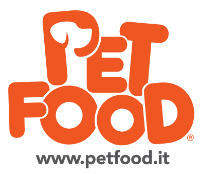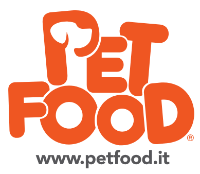What is the BARF diet?
What is the BARF diet? The acronym stands for "Biologically Appropriate Raw Food." This diet involves the use of natural foods that our dogs and cats have evolved with over time. In fact, industrial foods are an invention of the last century and do not take into account the evolutionary history of our four-legged companions (Billinghurst, 1993). Suffice it to say that the first dog kibble was created by James Spratt in 1860, and Mars marketed the first industrial products for cats in the 1950s.
Given the recent introduction of industrial food, the digestive systems of today's pets have remained essentially unchanged from those of their ancestors thousands of years ago. In the past, they obtained food sometimes from humans (who fed them leftovers) or by hunting and capturing whole prey. For this reason, our pets have the ability to consume and digest raw food, assimilating the proteins and fats found in meat. From these two macronutrients, they derive energy to build the tissues that compose their bodies. Furthermore, raw meat preserves all its nutrients, providing dogs and cats with the entire B vitamin complex, which would otherwise be destroyed by cooking (including vitamins B9 and B12, vital for the creation of new red blood cells).
There is a difference between the digestive systems of dogs and cats. The latter is a carnivore in the strict sense (Bradshaw et al., 1996) and in its natural habitat consumes small prey (including rodents and birds) that are high in protein, moderate in fat, and minimal in carbohydrates. Dogs, however, although carnivorous as they descend from the wolf (Vilà, 1997), consume and digest a broader range of foods. For this reason, the BARF diet for dogs consists of muscle meats, organ meats (liver, kidneys, brains, and hearts), bones, egg yolks, green leafy vegetables, fresh fruit, nuts and seeds, fermented dairy products (e.g., yogurt and kefir), and healthy oils (e.g., cod and sunflower oil).
Finally, as with all diets, the general advice is to rely on an animal nutritionist who can suggest the best solution tailored to your pet.
Bibliography :
- Billinghurst Ian (1993), " Give Your Dog a Bone: The Practical Commonsense Way to Feed Dogs for a Healthy Life "; Warrigal Pub edition; ISBN: 0646160281
- Bradshaw, J. W., Goodwin, D., Legrand-Defrétin, V., & Nott, H. M. (1996). Food selection by the domestic cat, an obligate carnivore. Comparative Biochemistry and Physiology Part A: Physiology, 114(3), 205–209. https://doi.org/10.1016/0300-9629(95)02133-7
- Vilà, C., Savolainen, P., Maldonado, J. E., Amorim, I. R., Rice, J. E., Honeycutt, R. L., Crandall, K. A., Lundeberg, J., & Wayne, R. K. (1997). Multiple and Ancient Origins of the Domestic Dog. Science , 276 (5319), 1687–1689. https://doi.org/10.1126/science.276.5319.1687

